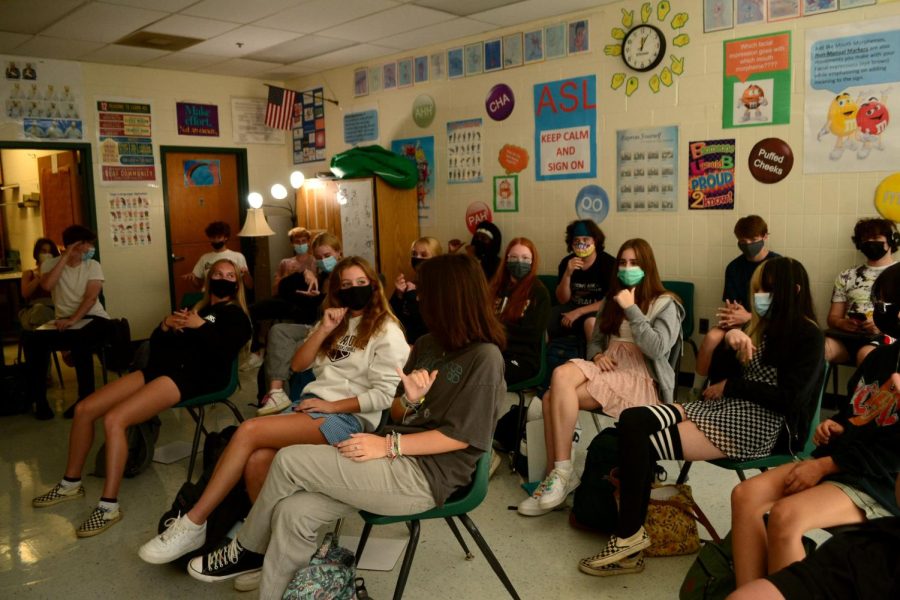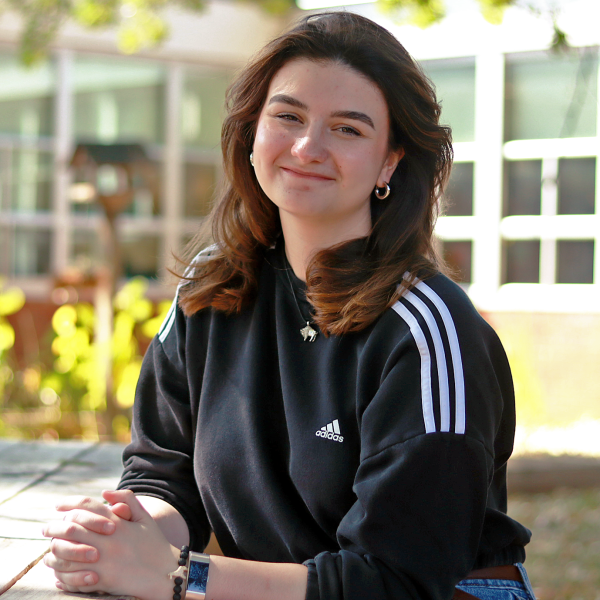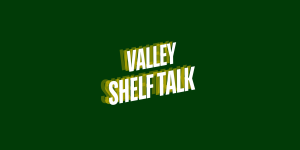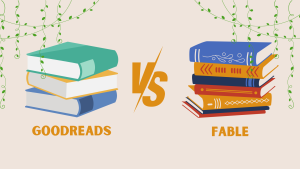Wrapping up Deaf Awareness Month with Lauren Holesapple
Holesapple’s sixth block class practice signing to one another.
October 7, 2021
As the sixty-third anniversary of National Deaf Awareness Month comes to a close, ASL teacher of twenty-seven years, Lauren Holesapple speaks on deaf awareness, deaf culture, and accessibility in our community.
As a teacher who started her time at Valley during the pandemic, Holesapple first discusses how Covid has impacted the deaf community over the past year. She noted that aside from sign language, lip-reading and hearing aids are also utilized by deaf and hard of hearing people.
“Masks are impossible for hearing people,” started Holesapple. “Background noise obviously makes things more difficult, and the masks are so muffling. Even hearing people rely on lip-reading quite a bit, and that’s been taken from us. So, it’s certainly impacting deaf and hard of hearing people because they can’t (lipread).”
Holesapple continues talking about some obstacles that deaf people face in schools, especially before the changed learning environment.
“I had a deaf colleague last year at Freedom High School, and it was apparent how many things were not accessible,” Holesapple said. “So, we made suggestions.”
Holesapple went on to detail how small changes like captioning the televised morning announcements and alerting her colleague about loudspeaker notifications were recommended to administrators.
When discussing how schools could be further accommodating to deaf students, Holesapple drew on some observations from her time at her old school.
“I’ve had a student in the past that had a sign language interpreter all the time, cause that’s part of the accommodations for a deaf student who uses sign language,” Holesapple said. “And it’s helpful when, for example, if there’s (televised) morning announcements if they captioned it.”
Holesapple additionally discussed deaf representation in media today, specifically sharing her appreciation for seeing more signing in the mainstream and shows with more than just one member of the community. Additionally, she expresses her gratitude for seeing more deaf actors playing themselves, as opposed to hearing people pretending to be deaf.
“I think the fact that deaf culture and the deaf community is being represented truthfully makes a big difference,” Holesapple said. “It allows for more acceptance and understanding when you just see somebody’s difference and you’re like, ‘Well, they’re not actually that different.’ That made a big difference with deaf awareness and just acceptance.”
Holesapple says that as the month comes to an end, she wants students at Valley to keep in mind that, “Sign language allows us to convey any concept, (and that) we are not limited in sign language compared to English or any other spoken language.”
With more than a fifth of the US’s population being deaf, Holesapple shares a piece of wisdom she hopes people will keep in mind.
“I think the key to acknowledging deafness and deaf culture is knowing that the only thing deaf people cannot do is hear, otherwise,” Holesapple said, “There aren’t any limitations.”








